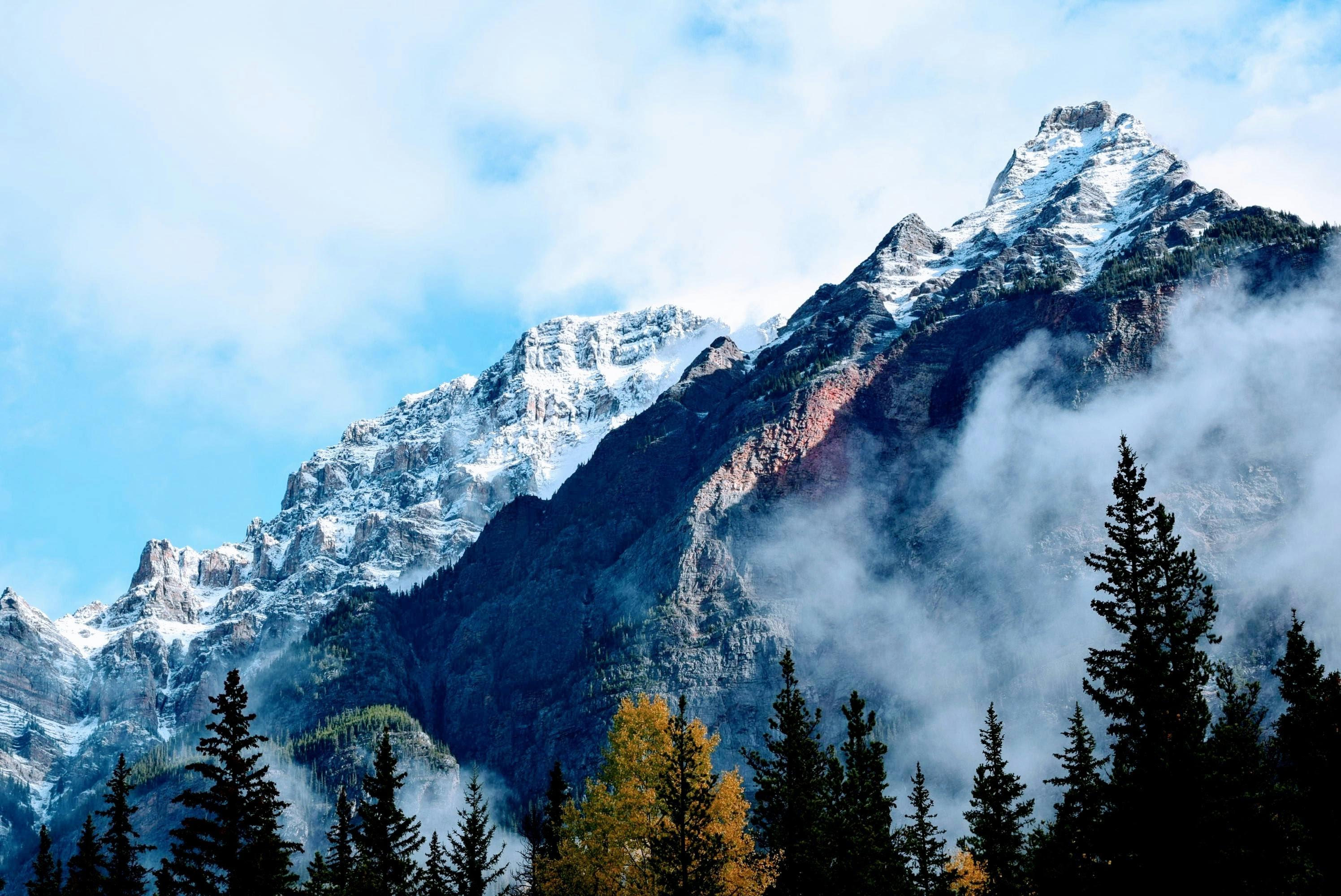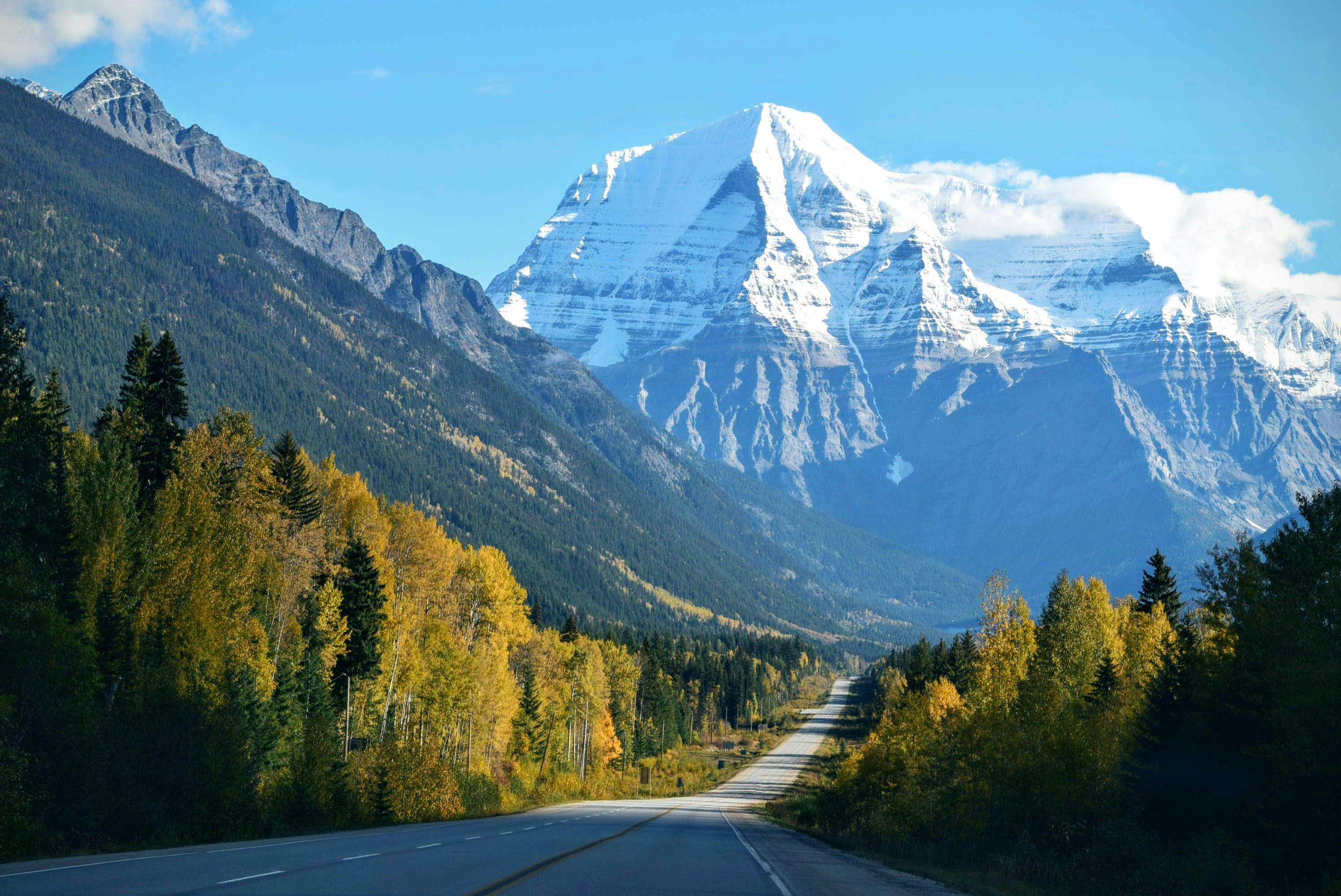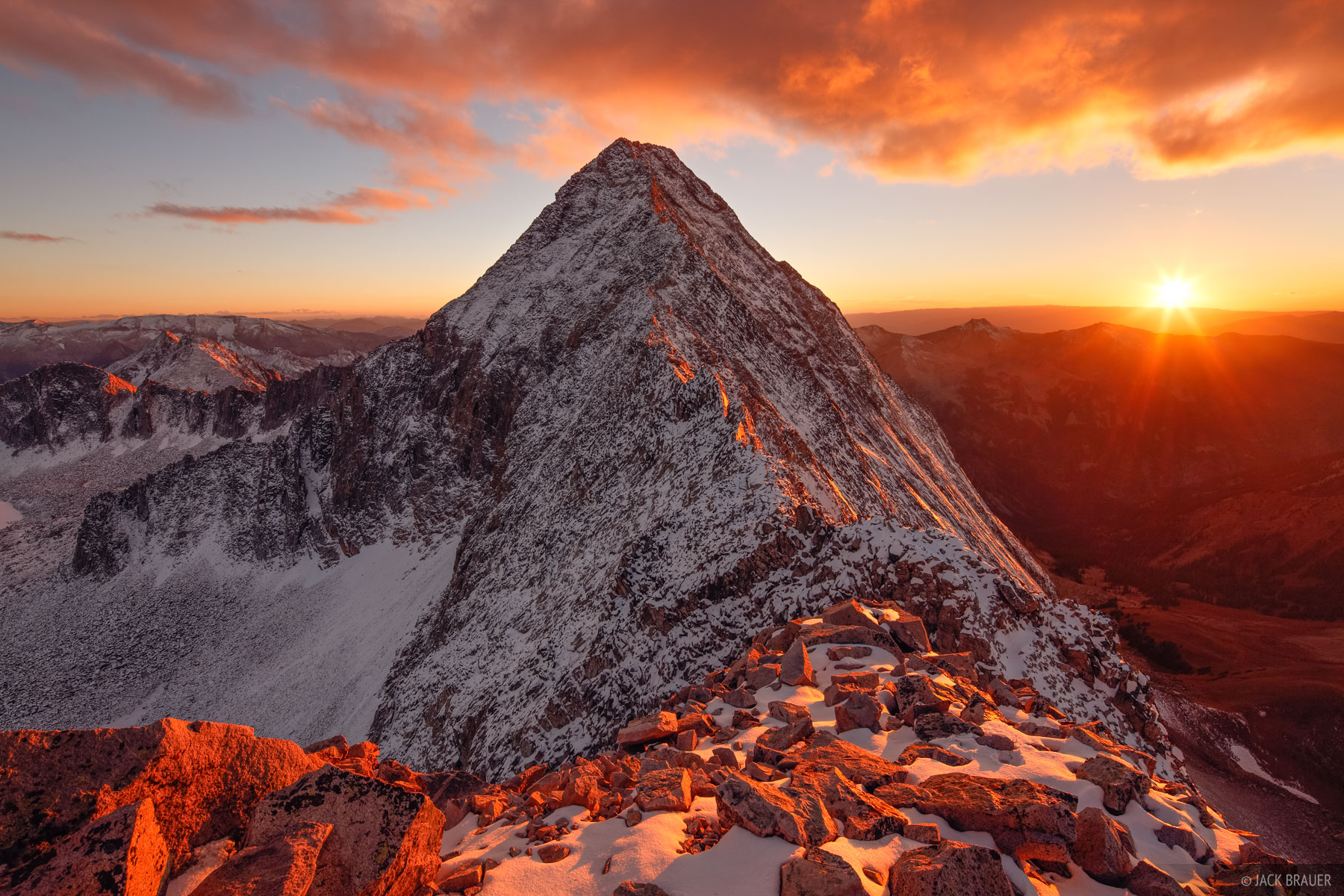Exploring Arizona's Mountain Ranges
When you think of Arizona, your mind might first picture wide, flat expanses, but there's a whole other side to this amazing place, one that reaches high into the sky. It's a world of varied terrain, with land forms that rise up, creating an almost endless supply of spots to explore. You find everything from gentle rises to truly tall points, offering different experiences for anyone who loves being outdoors, you know, just getting out there.
These elevated areas, you see, are more than just big rocks; they are places where the land changes quite a bit, offering different views and different kinds of natural settings. They include high points, long, narrow elevated stretches, and even pathways for walking, which connect many parts of the wild land. It's truly a diverse collection of natural features, more or less.
This article will help you get a sense of what these elevated areas are like, giving you a general idea of the kinds of features you might discover across Arizona's varied land. We will look at how these natural formations appear in different parts of the state, and how you can find information about them, basically.
- Pete Davidson Tattos
- Limegreen Stanley
- Dylan O Brien Taylor Swift
- Khloe Kardashians Ex Husband
- Is Avery Cyrus Related To Miley Cyrus
Table of Contents
- What Makes Arizona's Mountain Range Arizona Special?
- How Do Arizona's Mountain Range Arizona Features Vary by Region?
- Discovering the Diverse Arizona Mountain Range Arizona Features
- Exploring Northern Arizona's Mountain Range Arizona
- What Can You Find in Southern Arizona's Mountain Range Arizona?
- Getting Around the Arizona Mountain Range Arizona
- Where Can You Find Detailed Arizona Mountain Range Arizona Information?
- A Look at Specific Arizona Mountain Range Arizona Locations
What Makes Arizona's Mountain Range Arizona Special?
Arizona's elevated land forms have a distinct feel, quite different from other places. They often rise sharply from the flat desert ground, creating impressive scenes that catch your eye. These areas offer a break from the heat below, with cooler air and, in some cases, even trees that are not found at lower elevations. It's almost like stepping into a different world, you know, just a little.
The way these elevated areas are spread across the state means that each part of Arizona has its own unique set of natural high points and elevated stretches. You might find some areas with very rugged, rocky faces, while others have more gentle slopes covered in different kinds of plants. This variety, actually, is part of what makes exploring these parts of Arizona so interesting.
These elevated land forms also play a big part in the state's natural systems, influencing weather patterns and providing homes for a wide array of living things. So, they are not just pretty to look at; they are truly important parts of the natural world here. They are, in fact, quite central to the whole feel of the place.
- Michael Moore Tupac
- James Marsters Wife
- Long Lasting Eyelash Glue
- Orlando Bloom Paddle Boarding
- Shia Labeouf In Freaks And Geeks
How Do Arizona's Mountain Range Arizona Features Vary by Region?
The types of elevated features you come across in Arizona can change a lot depending on where you are in the state. For instance, the northern parts of Arizona, with their higher elevations, often have more extensive elevated stretches and taller points that might even see snow. These areas can feel very different from the elevated spots found in the warmer, southern regions, which tend to be more isolated and rocky, really.
In the central parts of Arizona, you might find a mix of both, with some areas showing a gradual rise in elevation and others having more sudden, sharp upward movements of the land. This variation means that if you are looking for a specific kind of outdoor experience, you can probably find it somewhere within Arizona's elevated areas. It's pretty much a given, in some respects.
Different counties across Arizona are home to their own distinct sets of these natural features. Some counties might have a great number of high points, while others are known for their long, winding elevated stretches or numerous walking paths. This regional difference makes exploring the Arizona mountain range Arizona a varied and interesting activity, as a matter of fact.
Discovering the Diverse Arizona Mountain Range Arizona Features
When we talk about the elevated land forms in Arizona, we are looking at a whole collection of different types. There are the very top parts, which we call high points, and then there are the long, raised sections of land that stretch out, often called elevated lines. You also have places where the land drops off very steeply, like natural walls, and sometimes even natural stone arches or tall, slender rock formations. So, there is quite a bit to see, you know.
The walking paths, too, are a big part of the experience, allowing people to get up close to these natural wonders. These paths can lead you through different kinds of plant life and offer many different views as you move along. They are often the best way to truly get a feel for the scale and beauty of these elevated areas, more or less.
Each type of feature, whether it's a high point or a walking path, offers its own kind of interaction with the natural world. Some people like the challenge of reaching a very high point, while others prefer a more gentle walk along an elevated stretch, just taking in the views. It's really about what kind of outdoor experience you are looking for, basically.
Exploring Northern Arizona's Mountain Range Arizona
The northern part of Arizona holds many impressive elevated features. Here, you often find extensive elevated stretches and numerous high points that reach significant heights. These areas tend to be cooler and have a different kind of plant life compared to the lower, warmer parts of the state. For example, you might see many more trees that stay green all year round. It's a bit like a different climate zone, you know.
Consider, for instance, what you might find in areas like Coconino County. This part of Arizona is home to a good number of elevated features, including many high points, long elevated stretches, and pathways for walking. It's a place where the land rises up quite a bit, offering lots of spots for people to visit. In fact, Coconino County, Arizona is home to 250 summits, ridges, ranges, trails and other mountain features, apparently.
The walking paths in these northern areas often wind through dense groupings of trees and open up to wide, sweeping views of the land below. They offer a chance to experience the natural quiet and the grandeur of the high country. So, if you like cooler temperatures and tall trees, this part of the Arizona mountain range Arizona might be for you, to be honest.
What Can You Find in Southern Arizona's Mountain Range Arizona?
Moving south in Arizona, the elevated land forms take on a somewhat different character. Here, you often find more isolated elevated stretches and rocky high points that stand out sharply from the surrounding desert. These areas are typically warmer, and the plant life is suited to drier conditions, with many types of cactus and other desert plants. It's a very different kind of natural beauty, really.
Take, for example, what you might discover in areas like Pima County. This part of Arizona has a good collection of elevated features, including many high points, elevated stretches, and places where the land forms natural walls. It's a region where the elevated areas create distinct landmarks across the desert. In fact, Pima County, Arizona is home to 285 summits, ridges, ranges, trails and other mountain features, you know, quite a lot.
The walking paths in southern Arizona often lead through rocky areas and offer close-up views of unique desert plants and animals. They provide a different kind of challenge and a chance to see how life thrives in a drier environment. So, if you appreciate the stark beauty of the desert and dramatic rock formations, the southern Arizona mountain range Arizona has much to offer, pretty much.
Getting Around the Arizona Mountain Range Arizona
To truly experience the elevated areas of Arizona, having good information about the ways to get around is very helpful. This often means looking at special maps that show all the different features, from the highest points to the lowest elevated sections. These maps can help you plan your visit and understand the lay of the land, as a matter of fact.
Many of these maps are interactive, meaning you can look at them on a screen and zoom in or out to see more detail. They often show not just the elevated points and stretches, but also the walking paths that lead to and through them. Knowing where these paths are is key to exploring safely and enjoying your time outdoors, you know, for sure.
There are also complete lists available that detail all the different elevated features in a specific area, perhaps from the tallest point down to the smaller elevated spots. These lists can be a great way to discover new places you might want to visit, or to learn more about the areas you already know. So, it's very helpful to have these resources, really.
Where Can You Find Detailed Arizona Mountain Range Arizona Information?
Finding good information about Arizona's elevated areas is quite straightforward if you know where to look. Many online sources provide free maps and detailed lists of features. These resources are designed to help you locate specific high points, elevated stretches, or walking paths that might interest you. They are, in fact, quite easy to use, just a little.
For example, you can often find information about specific elevated points, like a certain high point in a particular county, by looking at these maps. They might show you the name of the map section it appears on, which helps you get a clearer picture of its surroundings. This kind of detail is very useful for planning any kind of outdoor activity, you know, like your next trip.
Many of these information sources also offer details about different parts of Arizona, helping you locate more elevated features within specific county lines. This means you can find out, for instance, how many high points or walking paths are in a place like Maricopa County, Arizona. It's a way to get a full picture of the Arizona mountain range Arizona features in any given area, basically.
A Look at Specific Arizona Mountain Range Arizona Locations
To give you a better idea, let's consider a few examples of how these elevated features are distributed across Arizona's counties, mirroring the kinds of information you might find on a detailed map or list. While we are not naming specific, obscure peaks, the general counts and types of features give a good sense of the land. So, it's a good way to understand the scale, you know.
For instance, in Maricopa County, Arizona, which is home to 180 summits, ridges, ranges, trails and other mountain features, you'd find a mix of high points and long, elevated stretches that often rise from the desert floor. These areas are quite accessible and popular for day trips, offering quick escapes into nature, more or less.
Then there's Yavapai County, Arizona, which is home to 123 summits, ridges, ranges, trails and other mountain features. This area often has a more rugged feel, with a good number of high points and winding elevated stretches. The walking paths here can lead you through different kinds of plant life, from desert shrubs to more forested areas, truly a varied experience.
In a place like Cochise County, Arizona, you might discover that it is home to 93 summits, ridges, ranges, trails and other mountain features. These areas often have a distinct look, with elevated stretches that stand out against the wide, open spaces of the southeastern part of the state. The high points here can offer very wide views, you know, just amazing.
Moving to Mohave County, Arizona, you would find it is home to 146 summits, ridges, ranges, trails and other mountain features. This region often presents very dramatic elevated forms, with steep walls and high points that challenge those looking for a more intense outdoor experience. The walking paths here can be quite varied in their difficulty, actually.
Finally, consider Santa Cruz County, Arizona, which is home to 53 summits, ridges, ranges, trails and other mountain features. This area, while perhaps having fewer overall features compared to some larger counties, still offers distinct elevated stretches and high points that are important to the local natural setting. These areas provide a quieter, more intimate connection with the Arizona mountain range Arizona environment, you know, a bit more peaceful.
This article has given you a general idea of the varied elevated areas found across Arizona, from the different kinds of natural features like high points and elevated stretches, to how these features are spread across various counties. We've looked at how information about these areas can be found and how the character of the land changes from north to south. The aim was to offer a broad view of the Arizona mountain range Arizona experience, providing a sense of its diverse natural offerings.
- Vicious Lyrics Sabrina
- Aliza Jane
- Is Avery Cyrus Related To Miley Cyrus
- Replica Marilyn Monroe Dress
- Jalen Green Stats 2024

Mountain Pictures · Pexels · Free Stock Photos

1000+ Beautiful Mountains Photos · Pexels · Free Stock Photos

More Colorado Rockies : Mountain Photography by Jack Brauer